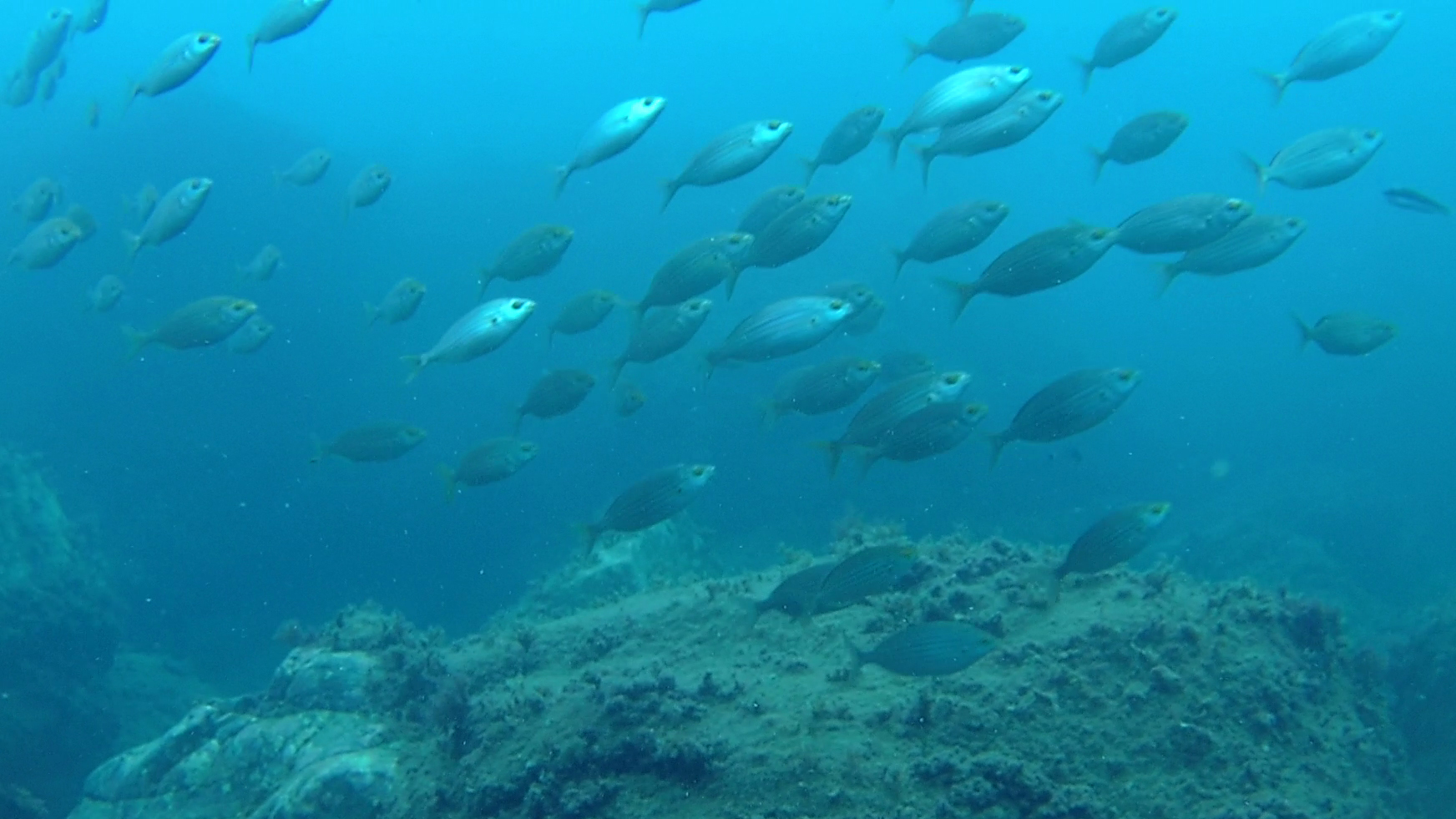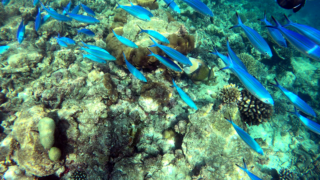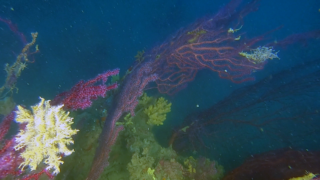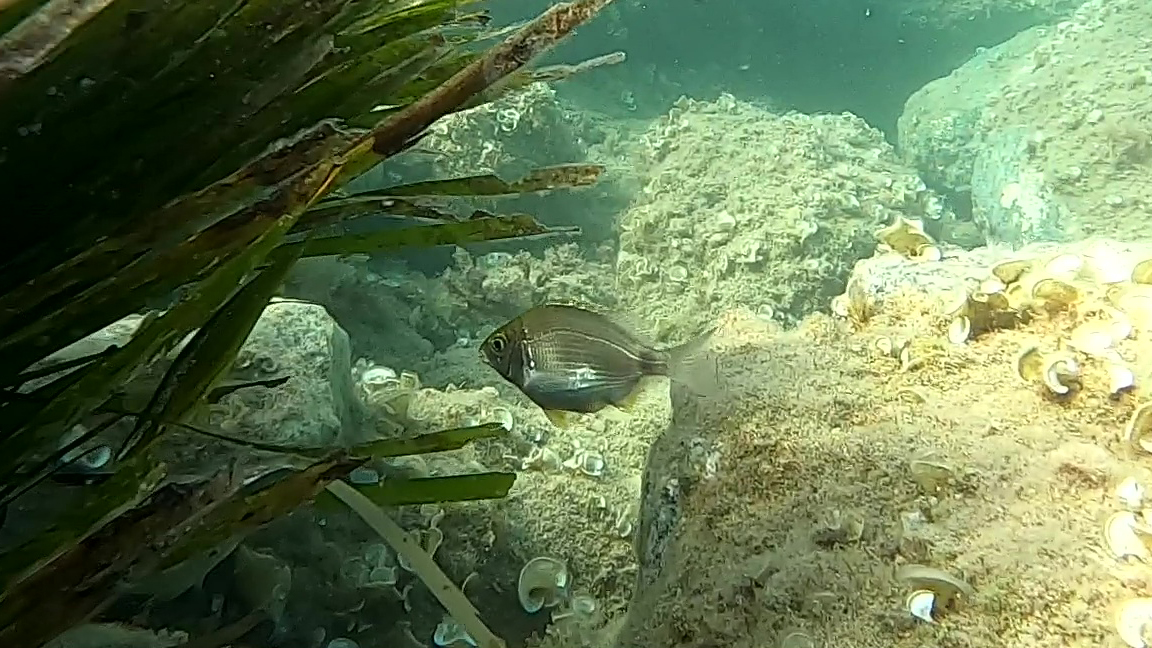Pesce Chirurgo Blu intotheblue.it  Blue Surgeon Fish – Pesce Chirurgo Blu – Paracanthurus hepatus intotheblue.it
Blue Surgeon Fish – Pesce Chirurgo Blu – Paracanthurus hepatus intotheblue.it
Paracanthurus hepatus is a species of Indo-Pacific surgeon fish. It is the only member of the genus Paracanthurus. A number of common names are attributed to the species, including regal tang, palette surgeonfish, blue tang (leading to confusion with the Atlantic species Acanthurus coeruleus), royal blue tang, hippo tang, flagtail surgeonfish, Pacific regal blue tang, and blue surgeonfish.
Paracanthurus hepatus has a royal blue body, yellow tail, and black “palette” design. The lower body is yellow in the west-central Indian Ocean. It grows to 30 cm. Adults typically weigh around 600gr and males are generally larger than females. This fish is rather flat, like a pancake, with a circular body shape, a pointed snout-like nose, and small scales.
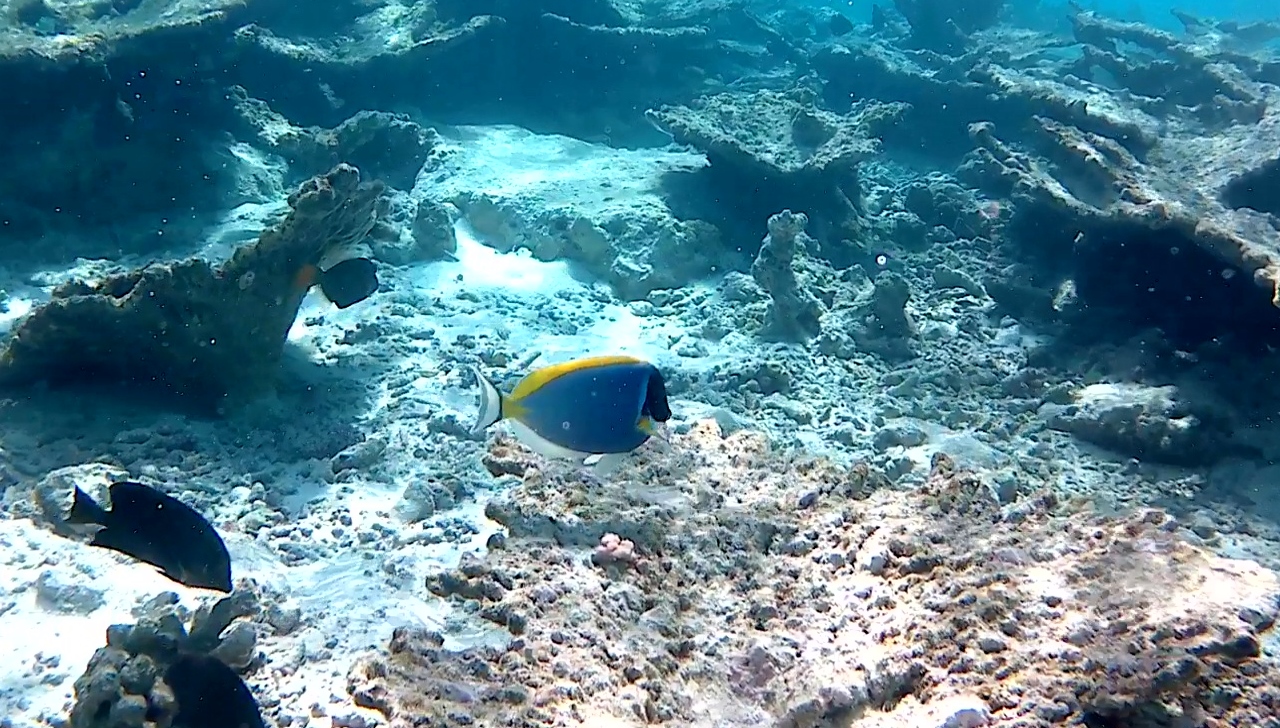 Blue Surgeon Fish – Pesce Chirurgo Blu – Paracanthurus hepatus intotheblue.it
Blue Surgeon Fish – Pesce Chirurgo Blu – Paracanthurus hepatus intotheblue.it 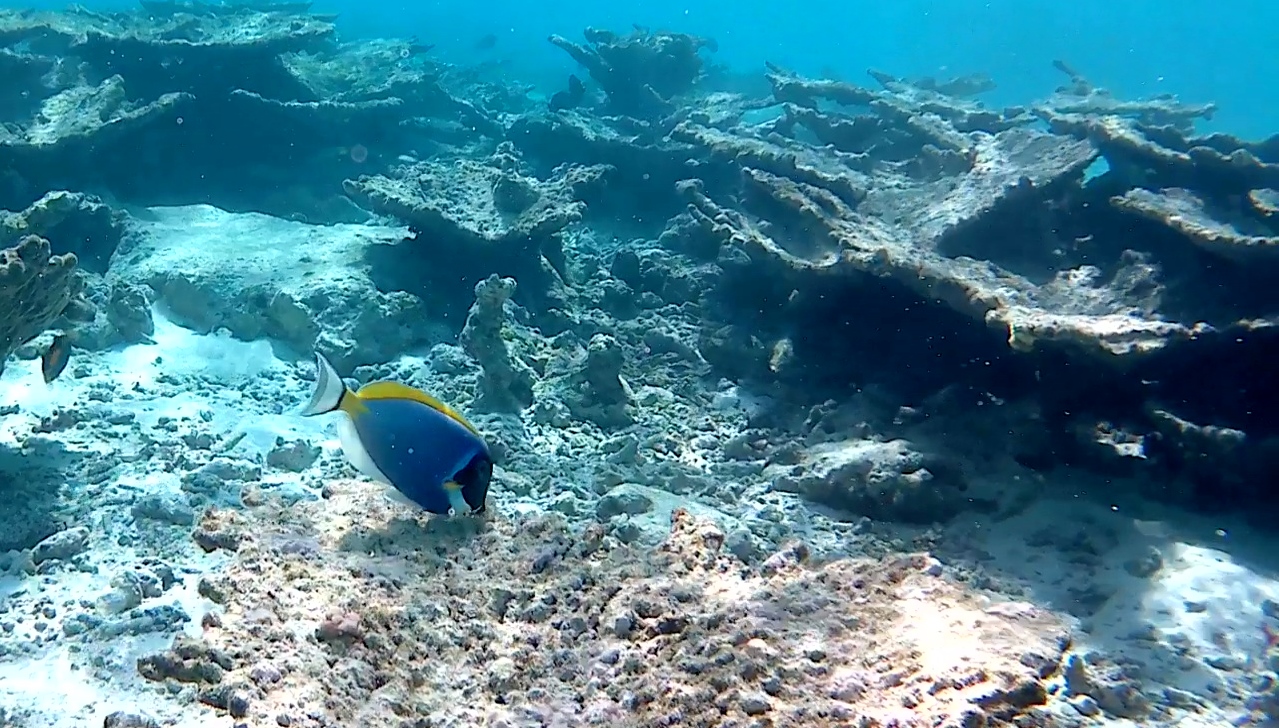 Blue Surgeon Fish – Paracanthurus hepatus intotheblue.it
Blue Surgeon Fish – Paracanthurus hepatus intotheblue.it
Acanthuridae are the family of surgeonfishes, tangs, and unicornfishes. The family includes about 86 extant species of marine fish living in tropical seas, usually around coral reefs. Many of the species are brightly colored and popular in aquaria.
The distinctive characteristic of the family is that they have scalpel-like modified scales, one or more on either side of the peduncle of the tail. The spines are dangerously sharp and may seriously injure anyone who carelessly handles such a fish. The dorsal, anal, and caudal fins are large, extending for most of the length of the body. The mouths are small and have a single row of teeth adapted to grazing on algae.
https://it.wikipedia.org/wiki/Paracanthurus_hepatus https://en.wikipedia.org/wiki/Paracanthurus
Over 4,000 species of fish inhabit coral reefs. The reasons for this diversity remain unclear. Hypotheses include the “lottery”, in which the first (lucky winner) recruit to a territory is typically able to defend it against latecomers, “competition”, in which adults compete for territory, and less-competitive species must be able to survive in poorer habitat, and “predation”, in which population size is a function of postsettlement piscivore mortality.
 English
English Italiano
Italiano
